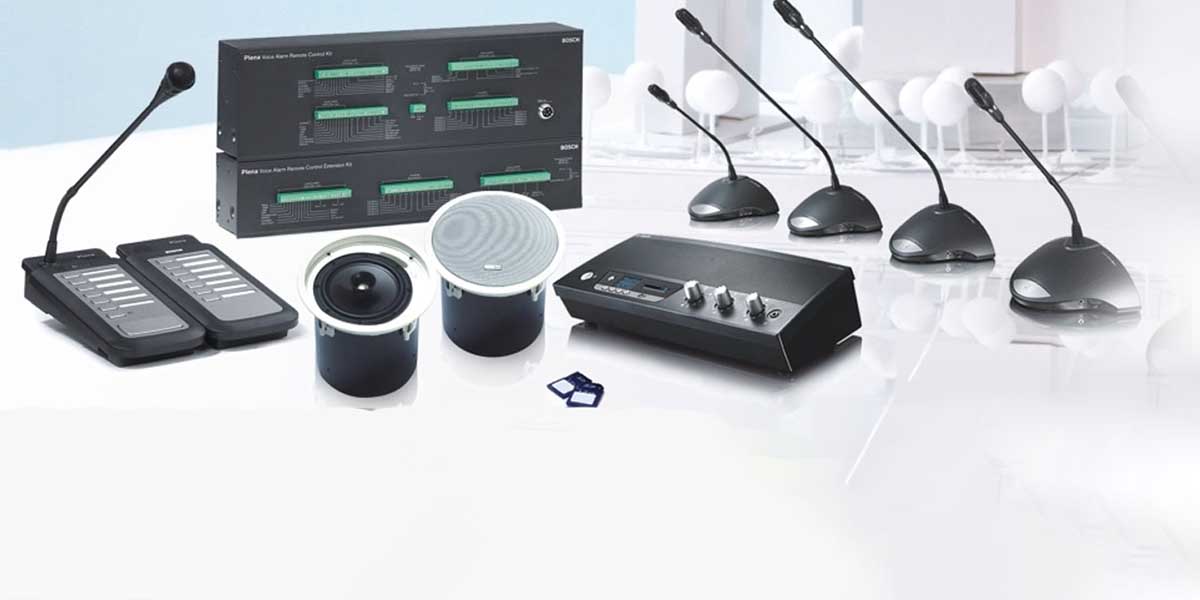In the realm of modern communication and entertainment, the importance of Audio/PA (Public Address) systems cannot be overstated. These systems play a crucial role in delivering clear and powerful audio in a variety of settings, from public spaces and events to educational institutions and corporate environments. In this article, we will explore the significance of Audio/PA systems and the diverse solutions available to meet the evolving needs of different applications.
The Role of Audio/PA Systems:
Audio/PA systems serve as the auditory backbone for a wide range of events and spaces. Whether it’s a conference, live performance, educational lecture, or public announcement, the ability to convey information clearly and effectively is paramount. These systems enhance communication by ensuring that the intended message reaches the audience with optimal clarity and impact.
Key Features and Components:
- Amplifiers: At the core of any Audio/PA system are amplifiers that boost the audio signal, ensuring it reaches every corner of the venue. Modern amplifiers are equipped with advanced technologies to deliver high-quality sound without distortion.
- Speakers: Speakers come in various shapes and sizes, catering to different environments. From compact ceiling speakers for conference rooms to powerful line array speakers for large auditoriums, the right choice depends on factors such as space size, acoustics, and audience capacity.
- Microphones: A critical component for capturing and transmitting audio, microphones come in wired and wireless varieties. The choice depends on the mobility requirements of the speaker and the need for seamless integration with the overall system.
- Mixers and Consoles: Audio mixing consoles enable the adjustment of volume levels, tone, and effects. These consoles can be analog or digital, with the latter providing greater flexibility and control over the audio signal.
- Signal Processors: Signal processing equipment, such as equalizers and compressors, fine-tune the audio signal for optimal quality. These tools help eliminate feedback, control dynamics, and enhance overall sound performance.
Advanced Solutions:
- Wireless Connectivity: The advent of wireless technology has revolutionized Audio/PA systems, providing increased flexibility and mobility. Wireless microphones and speakers allow for easy setup and reduce the clutter of cables, making them ideal for dynamic events and performances.
- Smart Integration: Many Audio/PA systems now integrate with smart technologies, allowing for remote control and automation. This enables users to adjust settings, manage audio sources, and monitor the system’s performance conveniently through mobile apps or dedicated control panels.
- Beamforming Technology: Beamforming technology focuses audio in specific directions, minimizing background noise and ensuring that the intended audience receives a clear and direct sound experience. This is particularly useful in environments with challenging acoustics.
Conclusion:
As the demand for seamless and immersive audio experiences continues to grow, Audio/PA systems solutions play a pivotal role in meeting these expectations. Whether in educational institutions, corporate settings, or public events, the right combination of amplifiers, speakers, and advanced technologies can transform any space into an auditory masterpiece. The continuous evolution of Audio/PA systems ensures that we can look forward to even more sophisticated solutions in the future, enhancing our ability to communicate effectively and enjoy immersive audio experiences.


